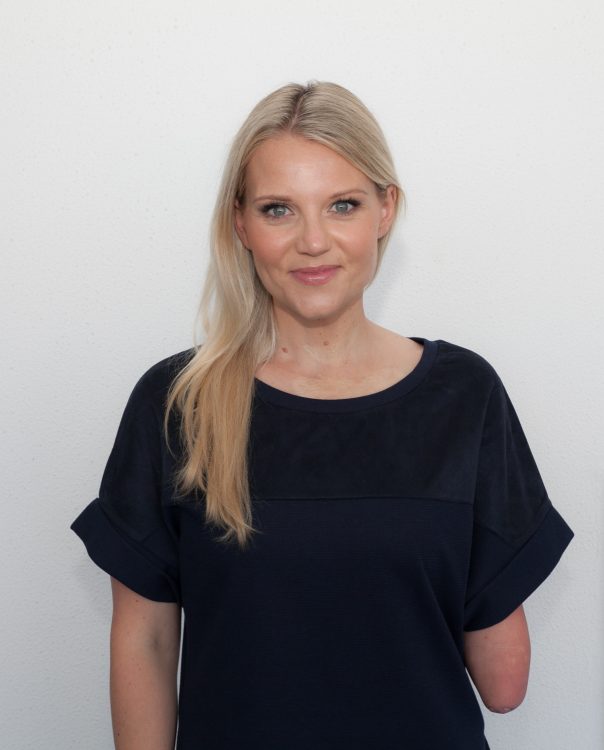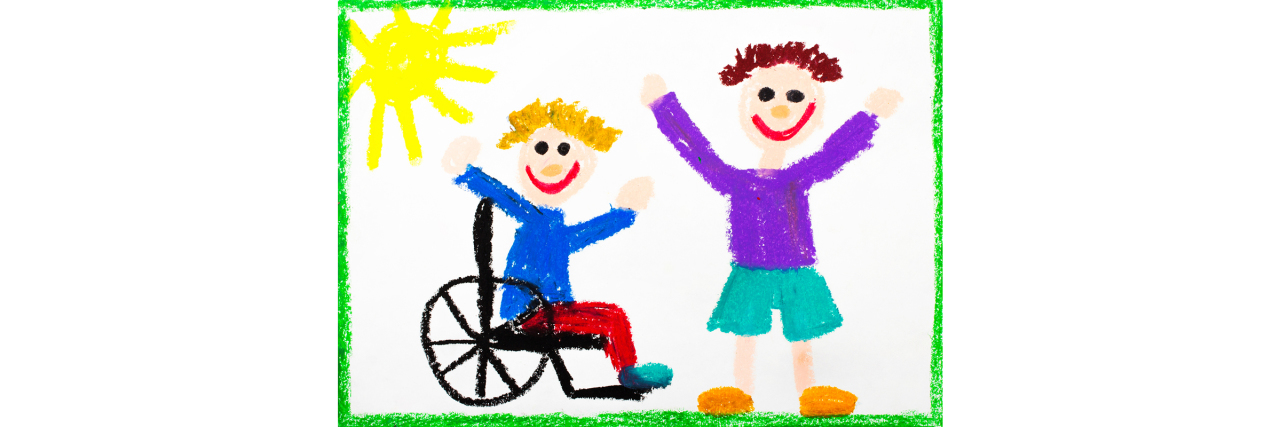I’m no stranger to doing it, but having to explain my disability to complete strangers is something I struggled with for a long time. Intriguingly, speaking to children about my disability has never really been an issue, but something has always irritated me when adults ask questions. In my experience there is often a lack of common sense and respect.
It’s been a learning experience for me just as much as it has been for those curious individuals I’ve encountered over the years. My own maturity and self-awareness have directly impacted some of the answers I’ve given people. And I’m embarrassed to admit that on numerous occasions I’ve been very abrupt in my responses.
I appreciate that most of the time adults try to be respectful with their words, however it’s often their body language I find most disconcerting. Adults in particular often appear awkward and uneasy when asking me questions about my disability. Or they simply don’t ask, and instead there is an awkward lingering silence. I can’t control any of that; all I can do is make people feel at ease, by respectfully responding and showing them disability isn’t something to fear.

As a mother I want my children to grow up eager to learn and discover difference, not just the differences they see in people, but the differences they see in art, science, sport and technology. This will only happen if I lead by example, showing them through my own actions and behaviors that differences are not “good” or “bad;” they simply are.
I want to teach all children that disability is not something to be afraid of, but rather something augmenting. Disability is a difference that is inherently complex, but absolutely worth learning about.
So what do you do if you’re a parent wanting to introduce disability to your children?
Pulling your child away or telling them to “shh” when they make a statement out loud about someone with a disability isn’t a great response. Instead it reinforces the idea that disability is a taboo subject. So here are some ideas to keep in mind when introducing disability to your children.
Do: Talk to your children about disability (if they ask).
Children are naturally inquisitive, and if they see a person with a disability they are going to be curious; that’s a good thing. If they ask a question, take the time to answer as openly and as honestly as possible. You don’t need to explain why a person might look different, you just need to acknowledge that they do. For example, if your child asks, “Why is that person in a wheelchair?” or “Why does that person only have one arm?” – it’s OK to say you don’t know. In fact, making assumptions is usually worse.
Don’t: Make a big deal about it.
Children undoubtedly notice disability, but typically don’t see the disability as a defining feature of a person in the way many adults do. Sometimes sitting your child down to have a discussion about disability can in fact make disability seem even more scary. If you feel that you need to talk to your child about disability before they approach you, try to make it part of everyday conversation.
Do: Encourage your children to ask if someone needs help.
As a mother I hope to raise empathetic and compassionate children, but there is a distinct difference between encouraging our children to be helpful, and encouraging them to force that help onto someone who might appear to need it more simply because they have a disability. We want to empower our children to be respectful of others; the best way is to encourage them to always ask if someone needs help — and most importantly, to respect the answer. We don’t want children to feel obligated to help others simply because they have a disability. Again, this sends a message that people with a disability are in some way less able than they are, and that is simply not true. We don’t want to establish a sense of power, because help is something we all need from time to time, regardless of whether we have a disability or not.
Do: Talk about aids such as wheelchairs and artificial limbs.
When a child first sees a wheelchair or any other object that assists a disabled person in their day-to-day life, it might seem unusual and even scary. Simply explain to your child that the device helps the person to walk, see, hear etc.
Do: Focus on what a person can do rather than what they can’t.
Often when we see a person with a disability we assume their life is difficult, and we think of all the things they can’t do or might struggle with. Instead, let’s focus on what people can do. A great way to do this is through watching athletes with a disability play various sports. Sports such as swimming, athletics, wheelchair tennis and wheelchair basketball. There are also some incredible artists and scientists with a disability. Make a conscious effort to learn more about their work.
Most importantly, allow yourself to be enthusiastic and positively curious about differences you see every day. Doing this will encourage your children to be excited about ability rather than fearful of disability.
Read more on Jessica Smith’s blog.
We want to hear your story. Become a Mighty contributor here.
Getty image by Czamy Bez.

